Who is here? 1 guest(s)
|
Muscoidea USA 2011-VII-10 (= Muscidae: Phaonia cf. fuscana)
|
|
| John Carr |
Posted on 11-07-2011 01:20
|
|
Member Location: Posts: 9773 Joined: 22.10.10 |
Another fly sat beside me on a bench in the woods. Massachusetts, USA July 10, 2011 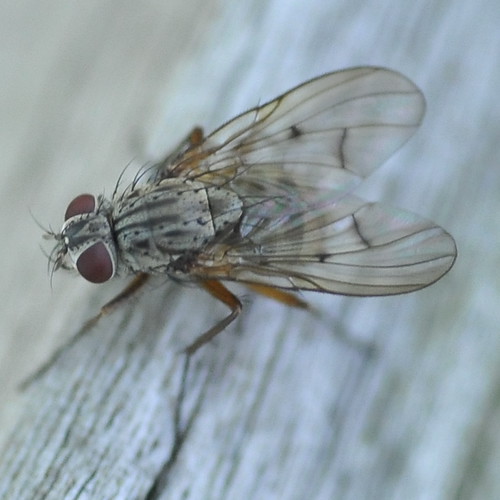 Arista long haired. 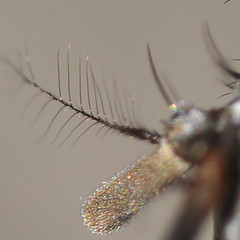 Katepisternum  Calypters 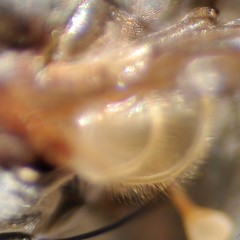 Mid, hind tibiae 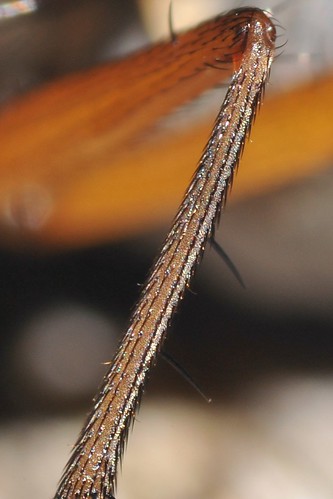 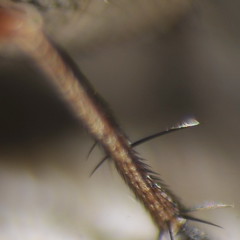 Side of head and thorax  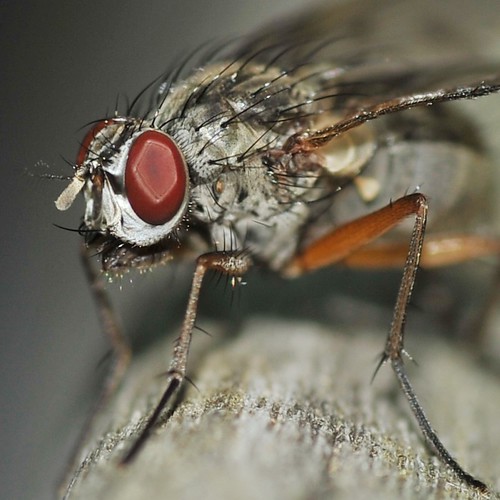
Edited by John Carr on 20-10-2012 21:39 |
|
|
|
| Tony Irwin |
Posted on 11-07-2011 19:03
|
|
Member Location: Posts: 7168 Joined: 19.11.04 |
Looks like Helina to me
Tony ---------- Tony Irwin |
|
|
|
| neprisikiski |
Posted on 11-07-2011 19:08
|
|
Member Location: Posts: 876 Joined: 23.02.09 |
Hind tibia with postero-dorsal seta, than looks like a Phaonia.
Erikas |
|
|
|
| Stephane Lebrun |
Posted on 11-07-2011 19:09
|
|
Member Location: Posts: 8248 Joined: 03.03.07 |
It is 100% like our palaearctic Phaonia fuscata.
Edited by Stephane Lebrun on 11-07-2011 19:33 Stephane. |
|
|
|
| John Carr |
Posted on 11-07-2011 22:48
|
|
Member Location: Posts: 9773 Joined: 22.10.10 |
Thank you. We have over 80 species of Phaonia in North America. The last revision to cover my region was in 1923, and I don't have it. |
|
|
|
| John Carr |
Posted on 20-10-2012 21:39
|
|
Member Location: Posts: 9773 Joined: 22.10.10 |
I found Malloch's revision. With a little imagination my fly keys to Phaonia fuscana Huckett (= fusca (Stein), preoccupied name), a common species in my area. |
|
|
|
| Nikita Vikhrev |
Posted on 02-06-2017 12:53
|
|
Member Location: Posts: 9193 Joined: 24.05.05 |
My opinion in this matter is based on the following material: USA, RI, Coventry Co, 1♂, 1♀, identified as Ph. atlanis Malloch, 1923. USA, TX, Brazos Co, 3♀♀ which keys to Ph. fuscana (= Ph. fusca Stein, 1989) on Malloch (1923). Ph. atlanis fits Malloch (1923) description well (strong apical pd on t3; only 1 spine-like pv on f2; small size: 5-5.5 mm; setulae on ventral side of radial node; abdominal pattern as in Ph. fuscata). Females from TX are of larger size and somewhat enigmatic: 1 female fits Ph. fuscata (radial node bare; abdomen with dark median vitta consisting of triangular spots; f2 with 1 spine-like pv). Other 2 females have: radial node with 3-4 remarkably strong setulae; 2 pv setae on f2; abdominal pattern slightly different (Ph. fuscana ?) So, John, check again your female specimen. Edited by Nikita Vikhrev on 02-06-2017 18:34 Nikita Vikhrev - Zool Museum of Moscow University |
|
|
|
| Nikita Vikhrev |
Posted on 02-06-2017 12:59
|
|
Member Location: Posts: 9193 Joined: 24.05.05 |
Much more NA material requires to get taxonomy in order!
Nikita Vikhrev - Zool Museum of Moscow University |
|
|
|
| Jump to Forum: |














 but don't see the image in the post.
but don't see the image in the post.
